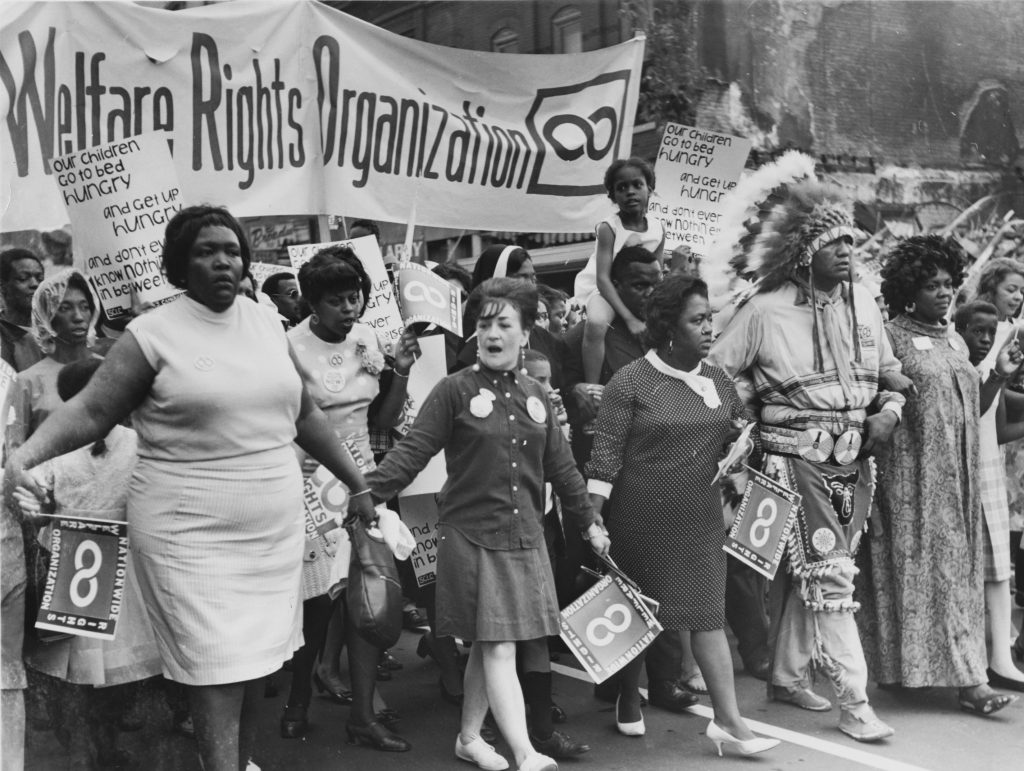When it comes to poverty reduction, increasing employment and increasing social spending can both help. But which is the more effective of the two approaches? In this piece, I use data from the OECD to attempt to answer this question. What I find is that social spending is far more effective at reducing poverty than jobs are.
Before we get into the numbers, let’s define our terms here.
Poverty refers to the percent of people with incomes below 50 percent of a country’s median income. For this analysis, I use both market poverty, which refers to how many people are in poverty when only counting income from market sources such as wages and dividends, and final poverty, which refers to how many people are in poverty when factoring in taxes and all income sources, including welfare incomes.
To measure the significance of full employment (i.e. jobs), I use the unemployment rates of each country. And to measure social spending, I take the unadjusted public social spending figure for each country and divide it by each country’s total consumption.
Unemployment and Poverty
To begin, we will look at the relationship between the unemployment rate and the market poverty rate. We should expect to see a strong relationship, since the primary way to obtain money in the market for most people is to get a job, and without money, you get poverty. In fact, we do see this relationship.

The regression estimates that for every percentage point reduction in the unemployment rate, the market poverty rate drops by about 0.83 percentage point. This is a strong effect for a single variable attempting to explain the poverty rate.
However, as the above graph demonstrates, even with an unemployment rate approaching zero, the market poverty rate remains well into the double digits (over 20 percent in fact based on the regression model). This, of course, is because the unemployment rate only counts people active in the labor market, while the poverty rate counts everybody, including the disabled, the elderly, children, students, and all those who are not, for whatever reason, willing or able to work.
In large part, this is the rationale behind the welfare state: not everyone can work, or is able to capture enough income through the market to support any kind of family or even themselves.
When I analyze final poverty as opposed to market poverty, I find that the unemployment rate has only a slight (statistically insignificant) relationship.

We see in the graph that it’s quite possible to have unemployment in the double digits, and poverty in the single digits, provided there is adequate social spending. Likewise, even a very low unemployment rate will produce a high poverty rate if the welfare spending is not there.
Social Spending and Final Poverty
When I compare social spending levels to final poverty, I get a strong, direct relationship.

We see from the graph that, with adequate social spending, the poverty rate can drop to the low single digits. The regression estimates that for less than 3 percent of consumption redirected towards social welfare, countries can expect to reduce the final poverty rate by a percentage point.
This finding essentially confirms what I wrote in my prior piece on cross-country social spending. What we see across countries is that low inequality and poverty is overwhelmingly about social spending.


None of this is to diminish the importance of full employment or job programs. But when we are talking about poverty in particular, it pays to get the facts straight: developed countries achieve low levels of poverty through large welfare states.

